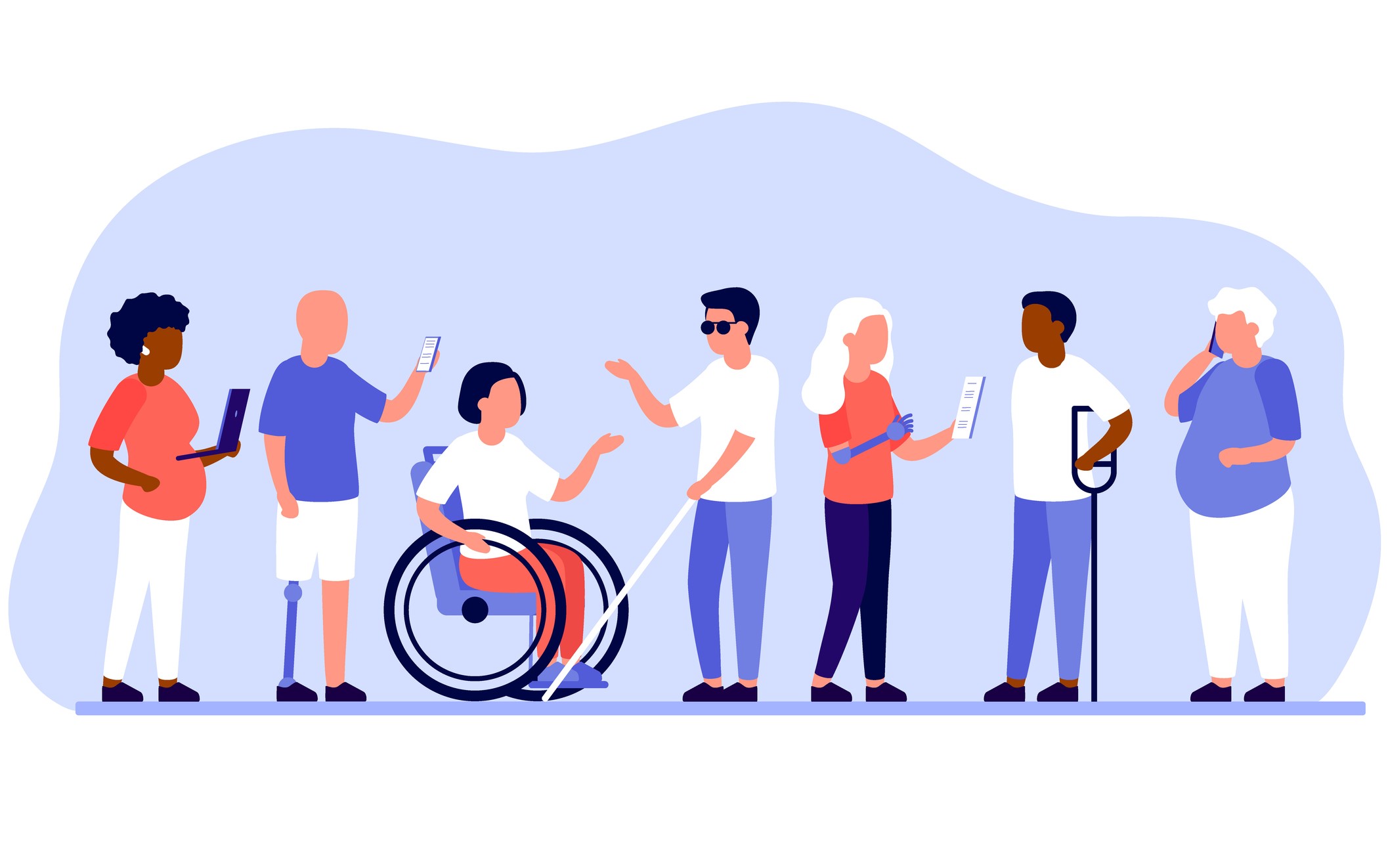If you ask a parent with young children what their least favorite day of the year is, they’re likely to say the end of Daylight Savings Time (DST). That’s the dreaded night (morning) that we turn our clocks back one hour in the fall, and ahead one hour in the spring. And it wreaks havoc on everyone, not just babies.
Most people lose up to 40 minutes of sleep the night Daylight Savings Time ends. While that may not seem like much, it’s just enough to throw your circadian rhythm (the natural 24-hour cycle we live on) out of whack. Which means you could consistently lose sleep for days (or weeks!) on end.
DST is a challenge for employers, too
According to SHRM, daylight savings time “presents a challenge for employers whose nonexempt employees are working during that time.”
For example, non-exempt employees who happen to be working “at 2:00 a.m. on Sunday, Nov. 3, must pay them one additional hour of pay unless the start/end times of their shifts are adjusted in anticipation of the time change.” In short, you’re paying these employees twice.
Additionally, these employees may be entitled to overtime compensation. As a result, unless you have someone else managing your accounting, you’ll have to spend the time figuring all of this out. That’s time that could have been spent elsewhere.
Tips for dealing with DST
- Give grace – Give yourself and your team extra time to acclimate, and a little extra grace while doing so. Suggest that employees adjust to their new sleep schedule several days in advance so they can get used to the new pattern.
- Keep it light – Get plenty of exposure to sunlight. Encourage breaks throughout the day to get outside for a few moments.
- Exercise & eat right – Exercise combats fatigue and releases endorphins that will improve your mood. As for diet, eat brainfood, and limit caffeine intake following lunch.
- Don’t meet – Unless they’re essential, do not schedule meetings on the Monday after the change.
- Work from home – Traffic accidents shoot up the day after daylight-savings time begins. Workplace injuries are also known to spike after the time change in March.
- Don’t drive – Can’t have your teams out of the office for the day? Encourage them to use public transportation to help lower the chance of an accident.
To entice your employees to use public transportation the day after Daylight Savings Time ends – and any other day of the year – consider offering commuter benefits.
Commuter benefits allow employees to set aside money in their paychecks tax-free every month to pay for commuting costs. Those savings mean employees pay less in tax on those earnings.
They can spend the money on mass transit, qualified paid parking, or rideshares. The money is paid directly to a transit or parking vendor or set up on a voucher or debit card.
How Edenred can help
Not everyone can avoid commuting “the day after Daylight Savings Time ends”. But with options like mass transit and ridesharing, you can help your employees make safe choices. To make sure you’re offering the best commuter benefits, schedule a meeting with us today.







